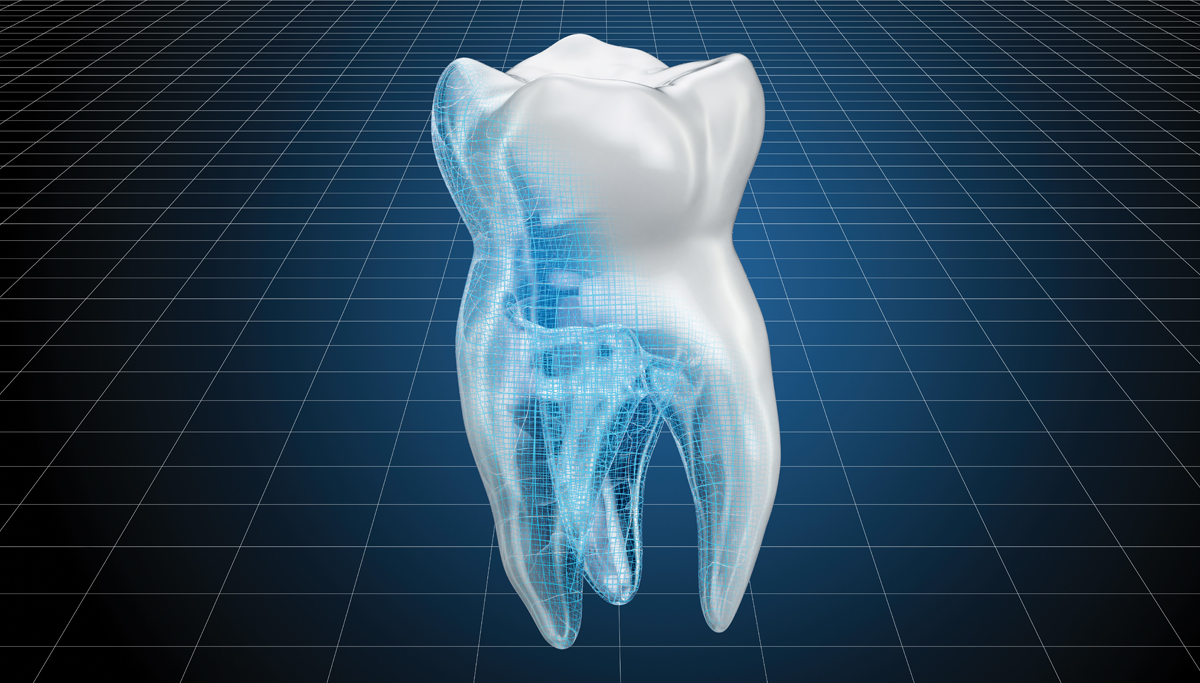On topic with Dr. Dill:
a guide to loose baby teeth
And just like that, your little one is starting to wiggle their first loose tooth. But what happens next? Should you simply let nature take its course and wait until the tooth falls out on its own? Should you help the tooth along with a quick squeeze? What should you do if your child has ongoing pain? We'll guide you through it.
Around ages 5 to 7, it’s completely normal for your child’s baby teeth to begin to loosen and wiggle. These wiggly teeth should usually have no problem falling out on their own with minimal help. But if you do have a stubborn loose baby tooth, you can help it make its way out — gently!
Try not to pull a baby tooth too early. If you have to work hard to wiggle the tooth, it’s not quite ready. If the permanent tooth underneath isn’t ready, a neighboring permanent tooth that has already grown in could shift into the empty space, potentially causing it to become crooked.
Which teeth will fall out first?
Typically, teeth fall out in the same order they appear. The first teeth to fall out are often the two front bottom and two front top teeth. The natural order will then be the two teeth next to the top teeth and bottom teeth, and so on.
Every child is different, so they may not all follow the exact same order. By the age of 12, all baby teeth have usually fallen out.
When should you help a loose tooth out?
While it’s natural to want to pull, twist and wiggle a loose baby tooth, it’s recommended to let it fall out naturally. But if the tooth becomes bothersome during everyday tasks like eating, drinking and talking, go ahead and gently squeeze or quickly twist with a tissue to free it.
What if there is pain or bleeding?
You can moisten a piece of gauze and have your child lightly bite down on it to reduce the bleeding. If consistent bleeding persists after two hours, it's time to call the dentist.
For the first full day after a tooth falls out, stick to soft foods and avoid any hot foods until the area has had some time to heal. Try not to directly brush the area with a toothbrush for around two days and gently rinse with some salt water.
Make losing baby teeth fun for kids with the tradition of the Tooth Fairy! This can help ease any fears they have about losing their baby teeth and create a lasting memory from their childhood. For inspiration, fun tooth fairy activities and extra resources, check out originaltoothfairypoll.com.







